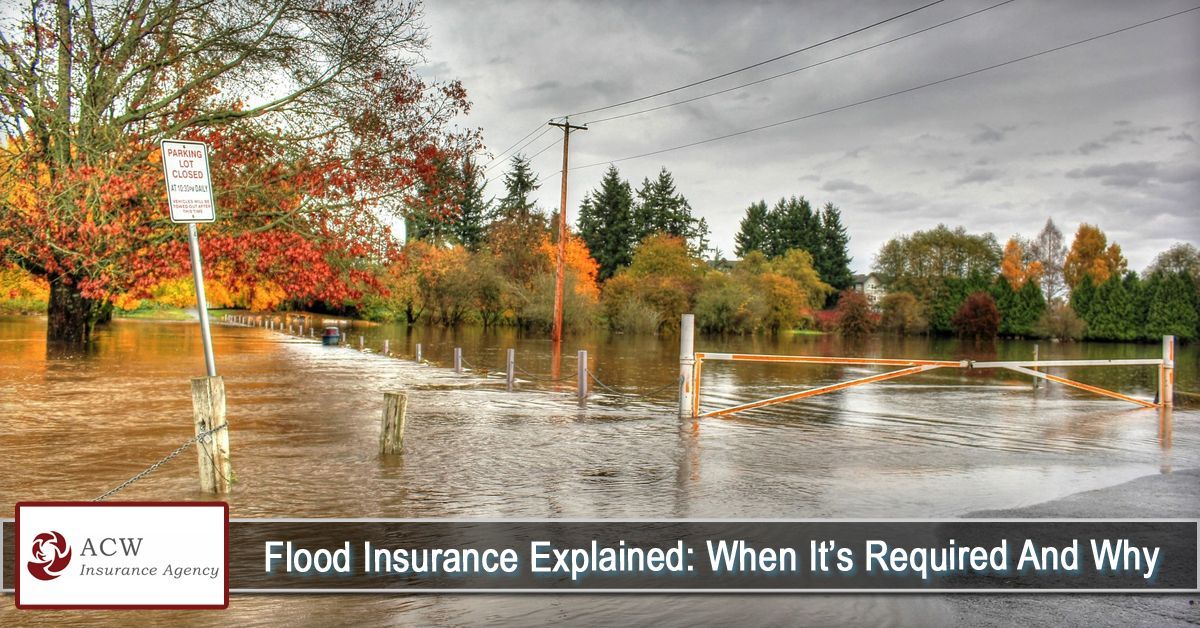
If you’re renting an apartment, condo, or house, you may assume your landlord’s insurance will cover your belongings in case of a fire, theft, or disaster. But here’s the truth: your landlord’s insurance only protects the building—not your personal property.
That’s where renters insurance comes in. It’s one of the most affordable and overlooked types of coverage, and it can save you from serious financial loss when the unexpected happens. Whether you’re moving into your first place or have been renting for years, this guide will explain what renters insurance is, what it covers, and why you need it.
What Is Renters Insurance?
Renters insurance is a type of insurance policy designed for tenants. It helps protect you financially if your personal belongings are damaged, destroyed, or stolen—and can even help if you’re sued for causing damage or injury to others in your rental unit.
Despite being optional in most states, many landlords require renters insurance as part of the lease agreement.
What Does Renters Insurance Cover?
A typical renters insurance policy includes three main types of protection:
1. Personal Property Coverage
Protects your belongings (furniture, clothing, electronics, etc.) from damage or loss due to:
- Fire or smoke
- Theft or vandalism
- Water damage from plumbing issues
- Certain natural disasters (e.g., windstorm, hail)
Tip: Make a home inventory to estimate how much coverage you need.
2. Liability Coverage
Covers legal and medical costs if:
- Someone is injured in your apartment
- You accidentally cause damage to someone else's property (e.g., a fire that spreads to another unit)
Standard policies include $100,000 in liability coverage, but you can increase it for more protection.
3. Loss of Use (Additional Living Expenses)
If your rental becomes uninhabitable due to a covered event (e.g., fire, flood), this pays for:
- Hotel or temporary housing
- Meals and transportation
- Laundry and other day-to-day expenses
This ensures you can maintain your lifestyle while repairs are made.
What’s Not Covered by Renters Insurance?
While renters insurance is broad, it does have limitations:
- Floods and earthquakes: Typically excluded but can be added as separate policies or endorsements
- Roommate belongings: Unless they’re specifically named on the policy
- High-value items: Jewelry, art, or collectibles may require additional coverage (a scheduled personal property endorsement)
Read your policy carefully to understand exclusions and limits.
How Much Does Renters Insurance Cost?
The good news? Renters insurance is very affordable. On average, it costs:
- $15–$25 per month, depending on location, coverage limits, and deductible
- Discounts may apply if you bundle with auto insurance or install safety features (alarms, sprinklers, deadbolts)
Why You Need Renters Insurance
Still not convinced? Here are 5 compelling reasons to get renters insurance:
1. Protects Your Belongings
Even a small apartment may hold $10,000–$30,000 worth of personal property. Renters insurance makes it possible to replace your items after a loss.
2. Covers You Beyond Your Home
If your laptop is stolen from your car or luggage is lost while traveling, many policies will still cover it.
3. Liability Lawsuits Can Be Costly
Accidents happen. If a guest is injured or your dog bites someone, you could be sued. Renters insurance protects you from legal and medical bills.
4. Peace of Mind During Disasters
If a fire or burst pipe displaces you, loss-of-use coverage ensures you aren’t stuck paying for a hotel and takeout on your own dime.
5. It’s Required by Many Landlords
More landlords now require tenants to carry renters insurance, especially in multi-unit buildings. Having it ready can speed up the rental application process.
Final Thoughts: Rent with Confidence
Renters insurance offers big protection at a small price. It’s one of the easiest ways to protect your lifestyle, shield your savings, and gain peace of mind—whether you're in a studio apartment or a shared house.
Pro Tip: Review your policy once a year or after major purchases to make sure your coverage keeps up with your lifestyle.
At ACW Insurance Agency LLC, we are dedicated to providing our clients with comprehensive and affordable insurance policies. Our commitment extends to going the extra mile to address your specific needs. To learn more about how we can assist you, please contact our agency at (772) 261-2573 or CLICK HERE to request a free quote.
Disclaimer: The information presented in this blog is intended for informational purposes only and should not be considered as professional advice. It is crucial to consult with a qualified insurance agent or professional for personalized advice tailored to your specific circumstances. They can provide expert guidance and help you make informed decisions regarding your insurance needs.









